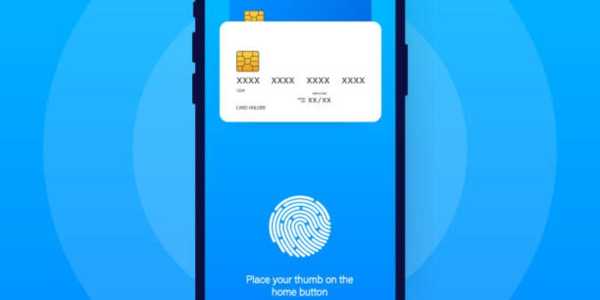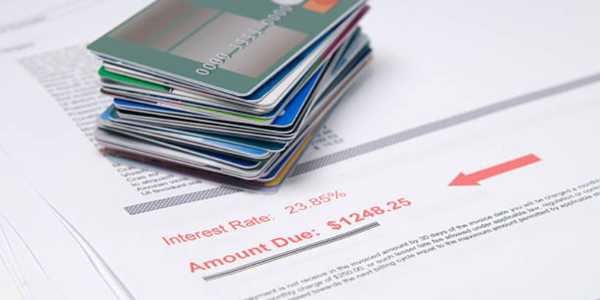Travel
How To Spot (And Avoid) Hidden Credit Card Fees
Credit cards can be helpful, but they can also incur costs that are more than expected. Many people are unaware of the small, hidden fees that credit card companies charge. These hidden fees can add up fast, even if the bill looks normal at first.
Credit cards can be helpful, but they can also incur costs that are more than expected. Many people are unaware of the small, hidden fees that credit card companies charge. These hidden fees can add up fast, even if the bill looks normal at first.
Knowing how to identify and avoid these fees can save money and reduce Stress. Here’s a guide to the most common hidden credit card fees and how to steer clear of them.
The Sneaky Annual Fee
Some credit cards charge an annual fee to maintain the card's open status. This fee can be anywhere from $25 to over $500, depending on the card. Many people don't notice it because it only shows up once a year.

How to Avoid it
Before signing up for a card, check the fine print. Look for “no annual fee” cards. If your current card charges one, call the credit card company and ask if they’ll waive it. If they say no, ask about switching to a no-fee version.
The Foreign Transaction Fee
Using a credit card while travelling or shopping online from foreign stores might come with a surprise fee. Most cards charge a fee of 1% to 3% on each international purchase. This fee often appears several days later once the charge has been cleared.
How to Avoid it
Look for cards that say “no foreign transaction fee.” These cards are made for travel and are better for international use. Always read the terms before using your card abroad or on international websites.
The Balance Transfer Fee
Transferring debt from one card to another is a wise move, especially when you can take advantage of low-interest offers. But many people miss the balance transfer fee. This fee is typically 3% to 5% of the amount being moved. It can be big if you're transferring a large balance.
How to Avoid it
Only transfer balances when the fee is low or zero. Some cards offer 0% interest and no transfer fees for a limited time. Always check the terms before making the move.
The Cash Advance Trap
Taking out cash using your credit card is referred to as a cash advance. It might sound like a quick way to get money, but it's one of the most expensive features of a card. There's a fee for the advance, usually 3% to 5%, and the interest starts right away—no grace period.
How to Avoid it
Please don't use your credit card to get cash unless it's an emergency. If you must, repay it as soon as possible. Better yet, use a debit card or ask your bank for a small loan instead.
The Late Payment Fee
Missing the due date on your credit card bill can trigger a late payment fee. This fee can be up to $40. It may also lead to a higher interest rate on future purchases. Some companies raise the rate after just one missed payment.
How to Avoid it
Set up auto-pay or calendar reminders so you never miss a payment. Even paying the minimum amount on time helps you avoid the fee and keeps your rate low.
The Over-the-Limit Fee
Some credit card companies allow people to go over their credit limit—but they charge for it. This fee can be up to $35 and may be applied each time you exceed the limit. Even small purchases can push you over the limit if you're close to it.
How to Avoid it
Keep track of your spending. Ask your credit card company to block transactions that would go over your limit. That way, you won't be charged without knowing.
The Paper Statement Fee
Some credit card issuers charge a fee for mailing a paper statement. While it’s not a lot—often around $2 per month—it adds up over time. It’s also a fee many people don’t notice.
How to Avoid it
Choose electronic statements instead of paper ones. Most companies let you switch by logging into your account online. It's better for your wallet and the planet.
The Inactivity Fee
If you don’t use your credit card for a long time, some issuers may charge an inactivity fee. It’s rare, but it happens. The idea is that the card company isn’t making money from unused cards, so they charge you for keeping it open.
How to Avoid it
Use the card occasionally for a small purchase, then pay it off right away. Even a coffee or a snack will reset the clock and help avoid the fee.
The Returned Payment Fee
If your payment bounces due to insufficient funds in your bank account, you may be charged a returned payment fee. This can range from $25 to $40, depending on the credit card company. It's charged in addition to any costs from your bank.
How to Avoid it
Ensure there are sufficient funds in your account before paying your credit card bill. Don't wait until the last day to make a payment. That way, if something goes wrong, you'll have time to rectify the issue.
The Reward Redemption Fee
Some credit cards charge a fee to redeem points or miles. This fee is often hidden in the terms and conditions of the reward program. It might be a flat fee or a charge per redemption.
How to Avoid it
Read the rewards terms before signing up. Look for cards with free redemption options. If your card charges this fee, consider saving up points and redeeming them in larger amounts to get better value.
The Expired Promo Fee
Many credit cards offer low interest for a short time. However, when that period ends, the interest can skyrocket. This isn't a fee exactly, but it feels like one. It can cost hundreds of dollars in extra interest if you're not prepared.
How to Avoid it
Mark the promo end date on your calendar. Try to pay off the balance before the high interest rate kicks in. If you can’t, consider moving the balance again—but only after checking the new terms.

The Rush Payment Fee
If you need to make a payment fast, some credit card companies charge a rush processing fee. This could be $10 to $20 for same-day posting.
How to Avoid it
Pay your bill before the last minute. Set reminders or enable automatic payments to avoid last-minute rushes. If you're in a pinch, ask if the fee can be waived.
What to Watch for in the Fine Print
Most hidden fees are in the terms and conditions. These can be long and full of tricky words. Credit card companies rely on people not reading their terms and conditions. However, the key to avoiding fees is to carefully read the terms and conditions before agreeing to a card.
Look for words like:
“Transaction fee”
“Penalty APR”
“Redemption charge”
“Minimum interest charge”
If a term is unclear, call customer service and ask them to explain it in simple terms.
Smarter Credit Card Use Means Less Stress
Using a credit card can be a safe and helpful option if done correctly. But hidden fees can turn a valuable tool into a money trap. The best way to avoid these fees is to be aware of where they are hidden and read the fine print carefully.
Paying attention to these details helps keep credit card costs low and savings high. Small steps—such as setting reminders, using fee-free cards, and being mindful of potential pitfalls—make a big difference. With the proper habits, it's easy to stay ahead of the game.
Trending








